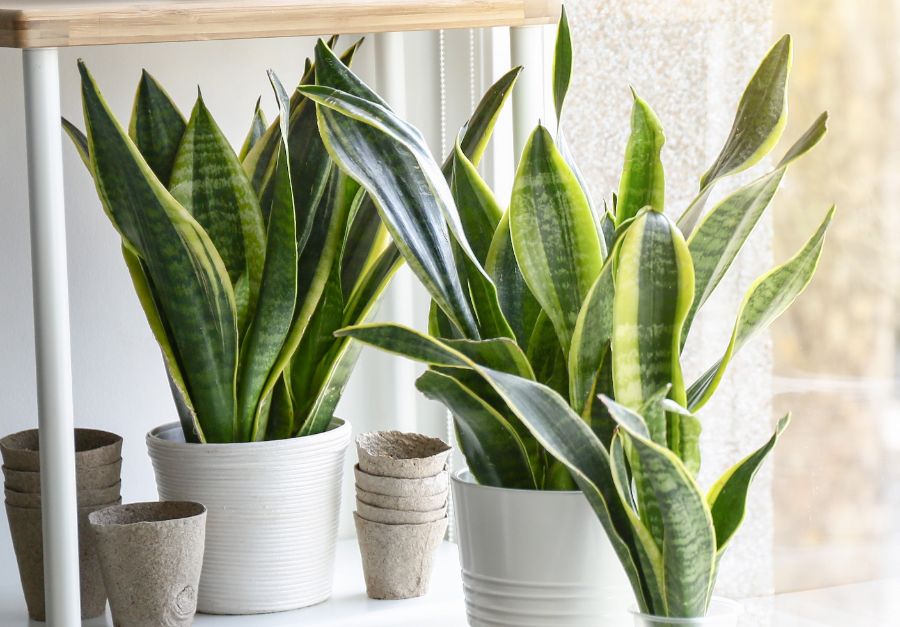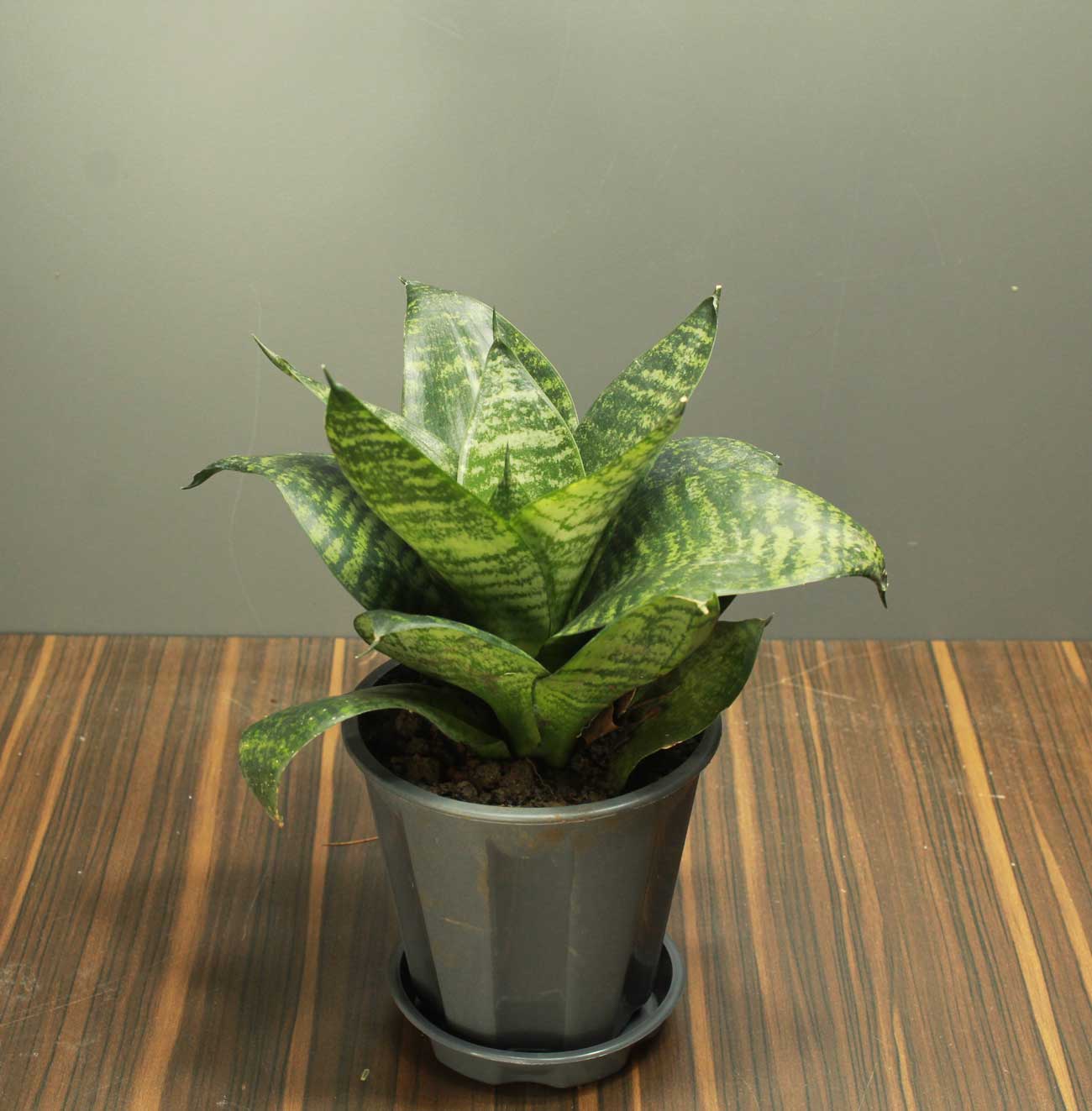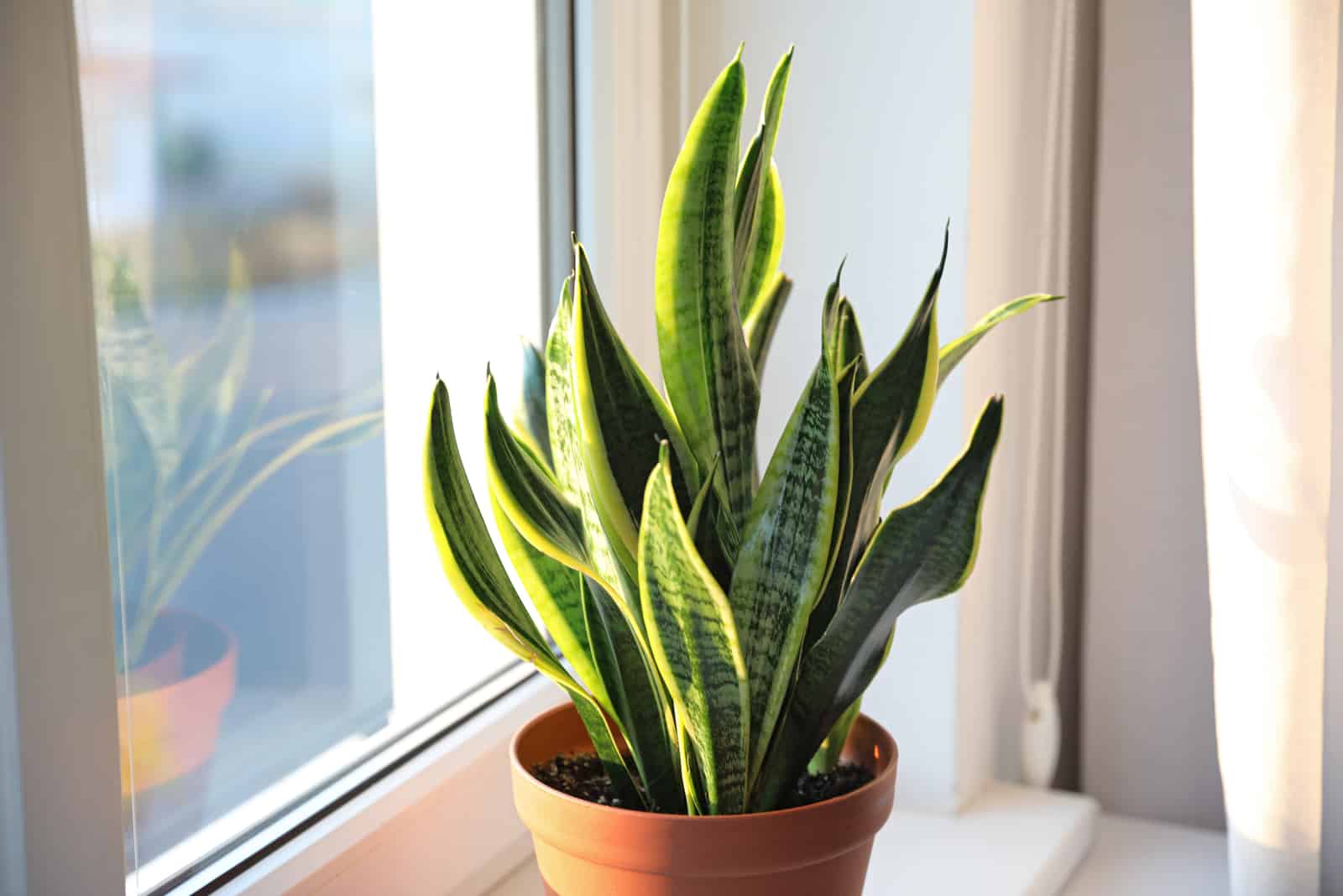Although snake plants are not known for their unruly nature, they sometimes go a little out of control. Pruning your snake plant can help tame the size and shape as well as remove damaged leaves. However, improper pruning can do more harm than good to your plant. Keep reading to learn about the best way to prune your snake plant.
Pruning of snake plants – the essential
Pruning snake plants can remove unhealthy leaves and change plant size and shape. To prune your snake plant, use a sharp and sanitized knife or scissors. Identify the leaves you want to remove and cut them as close to the ground line as possible.
The role of pruning in plant health, growth and care

You have put in the work of giving your snake plant the right soil, water, temperature and sunlight. But do not stop there! Pruning your snake plant allows it to continue to thrive and provide all of its beneficial properties.
In general, you prune snake plants for one of three reasons: to remove damaged leaves, to reduce the size or to change the shape.
Leaving diseased leaves on the plant is not a good idea. If these diseased parts remain, the pathogen can spread throughout the plant. In addition, your snake plant will send unnecessary energy to the infected leaves.
By pruning infected leaves, you reduce the spread of diseases and let your plant send its energy to healthy leaves. You can also prune away ugly leaves, such as those damaged by cold temperatures or direct sunlight.
Even if your snake plant looks healthy, pruning can help keep it a manageable size.
Snake plants produce leaves from underground stems called rhizomes. Plants will continue to send up leaves, eventually leading to a crowded pot. If you do not want to replant your plant into a larger container, you can prune some of the leaves.
Pruning can also help you keep your plant at a desired height.
Growth expectations – How fast, long and wide will snake plants grow indoors?

While many people use the term snake plant to refer to the tall and thin leaves on Dracaena trifasciata, there are many species of snake plants. Each species grows to different heights indoors.
In general, snake plants are relatively slow-growing plants. But their growth rate depends largely on their environmental conditions.
When snake plants get very strong, indirect light, they grow faster. Under ideal indoor conditions, they can grow up to one foot each year. These plants will also set out another four to ten leaves per year.
However, low light conditions will lead to slower growth. If you keep your snake plant in a dark area, expect it to grow only a few inches each year. It will also produce fewer new leaves per year.
Mother-in-law’s tongue worm plants can grow up to eight feet tall indoors under ideal conditions. They can also grow over three feet wide, but their width can be limited by the size of the planter.
What is the best time of year to prune a snake plant?

The best time to prune snake plants is in the spring. However, do not be afraid to remove diseased or damaged leaves at any time of the year.
When it’s time to prune your snake plant, you want to remove the leaves at the base. This is the safest way to prune snake plants.
Although you can cut leaves near the tip or center, this is not recommended. It produces odd leaves, but it also opens up diseases for your plant.
Do not remove more than one third of the plant’s leaves at a time. If you do, your plant may have a hard time recovering.










Source: https://pyomn.com








